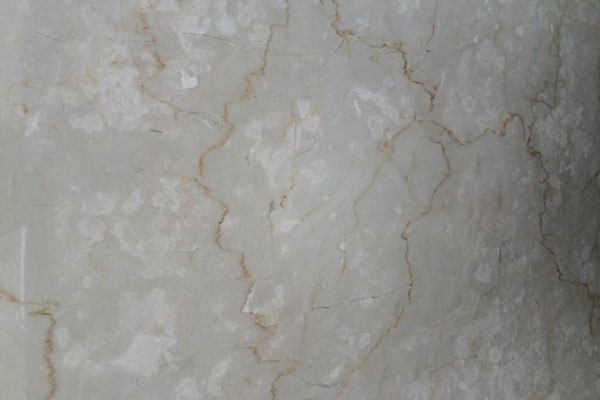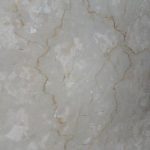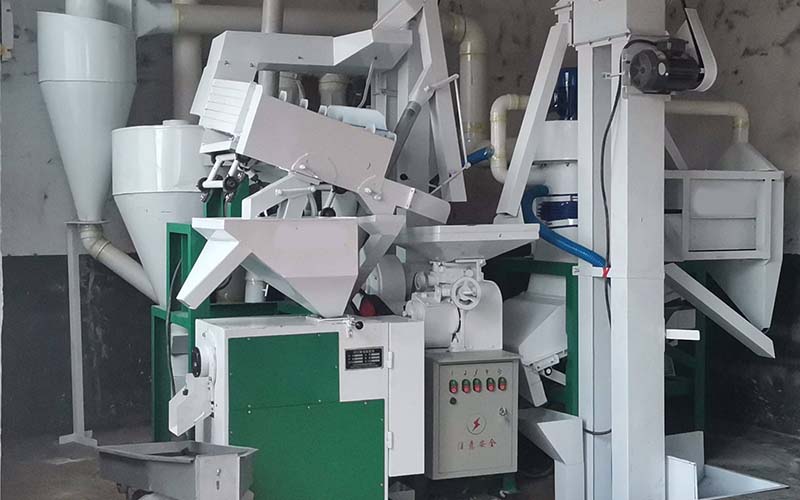Choosing the right stone for your project can be a daunting task, especially when there are so many options available in the market. Two of the most popular stones used in construction and landscaping are Tandur stone and Kadappa stone. In this post, we’ll compare these two stones to help you make an informed decision when choosing the right stone for your project.
What is Tandur Stone?
Tandur stone is a type of limestone that is quarried in the Tandur region of Telangana, India. It is a sedimentary rock that is made up of calcium carbonate and has been used for centuries in construction and landscaping.
What is Kadappa Stone?
Kadappa stone, also known as Cuddapah stone, is a type of sedimentary rock that is found in the Kadappa region of Andhra Pradesh, India. It is a form of black limestone that is composed of calcium carbonate and has been used in construction and landscaping for many years.
Similarities and Differences
Both Tandur stone and Kadappa stone are popular choices for construction and landscaping projects. They are similar in that they are both sedimentary rocks composed of calcium carbonate. However, they differ in their color, texture, and other characteristics.
Tandur Stone
Origin and Characteristics
Tandur stone is a light-colored limestone that is quarried in the Tandur region of Telangana, India. It is a fine-grained stone with a smooth, honed finish. The stone is available in various colors, including beige, yellow, and grey, and it has a consistent texture that makes it an ideal choice for flooring, paving, and wall cladding.
Advantages
There are several advantages to using Tandur stone in your construction or landscaping project, including:
Durability and Strength
Tandur stone is a strong and durable material that can withstand heavy foot traffic and extreme weather conditions. It is resistant to erosion and can last for decades without showing signs of wear and tear.
Versatility
Tandur stone is a versatile material that can be used in a variety of applications, including flooring, paving, wall cladding, and landscaping. It is easy to cut and shape, making it ideal for creating custom designs and patterns.
Aesthetics and Color Range
Tandur stone is a beautiful material that has a natural, earthy look. It is available in various colors and shades, including beige, yellow, and grey, which makes it easy to match with different design styles and color schemes.
Disadvantages
While Tandur stone has many advantages, there are also some disadvantages to using this material, including:
Maintenance Requirements
Tandur stone requires regular maintenance to keep it looking its best. It needs to be cleaned and sealed periodically to prevent stains and discoloration.
Availability and Pricing
Tandur stone is a popular material, but it can be difficult to find in certain regions. Additionally, it is more expensive than some other types of stone, which can make it a less affordable option for some projects.
Best Uses and Applications
Tandur stone is an excellent choice for a wide range of applications, including:
- Flooring
- Paving
- Wall cladding
- Landscaping
- Countertops
- Steps and risers
Kadappa Stone
Origin and Characteristics
Kadappa stone is a type of black limestone that is quarried in the Kadappa region of Andhra Pradesh, India. It is a sedimentary rock that is composed of calcium carbonate and has a unique, matte finish. The stone is available in various shades of black and grey.
Advantages
There are several advantages to using Kadappa stone in your construction or landscaping project, including:
Affordability and Availability
Kadappa stone is a popular and affordable material that is widely available in the market. It is a cost-effective option for those who want a natural stone look without breaking the bank.
Durability and Strength
Despite its affordable price tag, Kadappa stone is a durable and strong material that can withstand heavy foot traffic and extreme weather conditions. It is resistant to erosion and can last for decades without showing signs of wear and tear.
Low Maintenance
Kadappa stone requires minimal maintenance compared to other types of natural stone. It is easy to clean and does not require sealing or special treatments to maintain its appearance.
Disadvantages
While Kadappa stone has many advantages, there are also some disadvantages to using this material, including:
Limited Color Range
Kadappa stone is available in limited colors and shades, primarily black and grey. This can make it challenging to match with different design styles and color schemes.
Not Suitable for High Traffic Areas
While Kadappa stone is durable and strong, it may not be the best option for high traffic areas. It can become slippery when wet, which can be a safety hazard in certain applications.
Best Uses and Applications
Kadappa stone is an excellent choice for a variety of applications, including:
- Flooring
- Paving
- Wall cladding
- Landscaping
- Countertops
Tandur vs Kadappa: Comparison
When it comes to choosing between Tandur stone and Kadappa stone, there are several factors to consider, including:
Price Comparison
Tandur stone is more expensive than Kadappa stone, making it a less affordable option for some projects.
Durability and Strength
Both Tandur stone and Kadappa stone are durable and strong materials that can withstand heavy foot traffic and extreme weather conditions.
Aesthetic Appeal
Tandur stone has a natural, earthy look and is available in a wide range of colors and shades. Kadappa stone, on the other hand, has a unique matte finish and is primarily available in black and grey shades.
Maintenance Requirements
Tandur stone requires more maintenance than Kadappa stone. It needs to be cleaned and sealed periodically to prevent stains and discoloration. Kadappa stone, on the other hand, requires minimal maintenance and does not require sealing or special treatments.
Suitability for Different Applications
Both Tandur stone and Kadappa stone are suitable for a variety of applications, including flooring, paving, wall cladding, and landscaping. However, Tandur stone may be a better option for high traffic areas and custom designs, while Kadappa stone may be a better option for those on a budget.
Conclusion
Choosing the right stone for your project is an important decision that requires careful consideration. Tandur stone and Kadappa stone are both excellent choices for construction and landscaping projects, but they differ in their color, texture, and other characteristics. By understanding the advantages and disadvantages of each material, you can make an informed decision and choose the right stone for your project.




